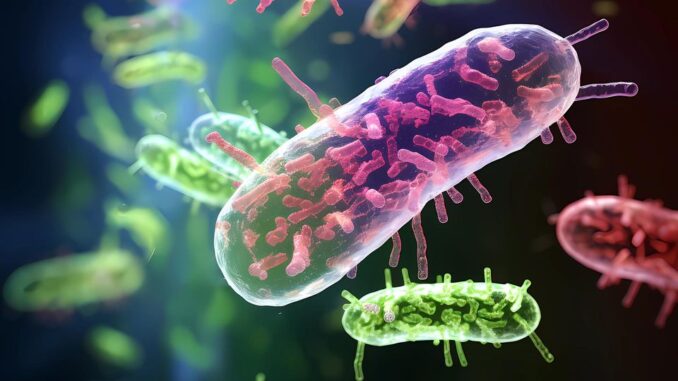
Mary Gilmore, Staff Writer
Years ago, scientists discovered a brand-new species of bacteria that appeared to breathe by generating electricity. This discovery was shocking, leading to questions surrounding how it occurs and the creation of clean energy.
Researchers determined that extracellular respiration is occurring in those bacteria, utilizing naturally occurring compounds known as naphthoquinones to transfer electrons to external surfaces. This function is very similar to how a battery operates and it allows bacteria to survive in environments that lack oxygen.
Recently, a team led by Rice University bioscientist Caroline Ajo-Franklin, have uncovered the mechanism of this respiration. The Rice researchers partnered with the University of California San Diego to further test how the bacteria expel electrons externally. Using advanced computer modeling, they created an environment that had very little oxygen, but included conductive surfaces. This study proved what the researchers had found, that bacteria could sustain themselves by releasing electrons into the surrounding environment.
Ajo-Franklin is a professor of biosciences, director of the Rice Synthetic Biology Institute, and a scholar at Cancer Prevention and Research Institute of Texas. This discovery could be the answer the world needs to advance in the complex field of clean energy.
While animals, like the electric eel, have been found to produce electricity, the mechanism by which the bacteria does it can be implemented into biotechnology energy fields.
“Our work lays the foundation for harnessing carbon dioxide through renewable electricity, where bacteria function similarly to plants with sunlight in photosynthesis,”Ajo-Franklin said. “It opens the door to building smarter, more sustainable technologies with biology at the core.”
According to Rice University, biotechnology applications like wastewater treatment and biomanufacturing could see major improvements with better control of electron imbalances. Bacteria that release electricity could help stabilize these systems, ensuring they operate smoothly and efficiently.
An article was published in the science journal, Cell, where it was stated that the research establishes a strong foundation for designing synthetic extracellular respiratory pathways that can regulate energy metabolism, influence gene expression, and shape overall cellular physiology.
Additionally, Science Daily commented on this study, explaining that, “The technology may also enable bioelectronic sensors in oxygen-deprived environments, offering new tools for medical diagnostics, pollution monitoring, and deep-space exploration.”
While more testing and studies must occur, a clear dent in the vast world of clean energy has taken place. With debates, politics, and issues surrounding climate change, it’s important that scientists act fast to implement real change. This bacteria could be a way humans advance to a cleaner world.
Leave a Reply